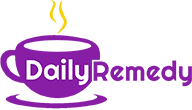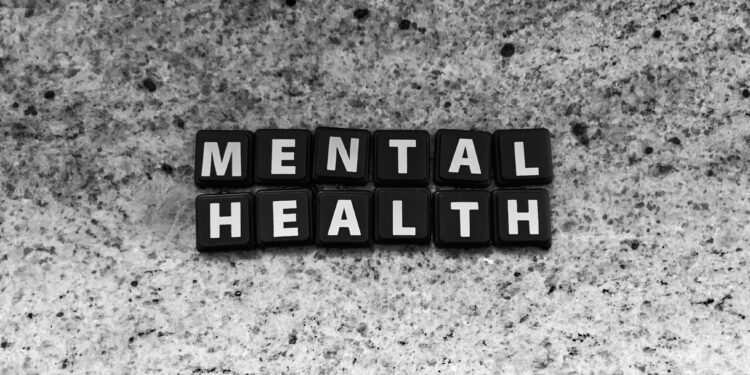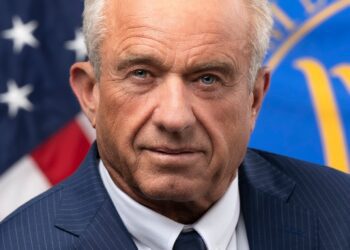From Performative to Participatory: The Rise of Mental Health Action Day
On May 15, 2025, something unprecedented happened: more than 3,000 brands, from multinational giants to neighborhood clinics, joined forces for the fifth annual #MentalHealthActionDay, making it the largest corporate-led mental health advocacy campaign in U.S. history.
Instagram feeds flooded with calls to “take action,” corporate logos turned green in solidarity, and a new tone of urgency replaced the usually passive tone of mental health awareness months. At its peak, Instagram saw a fivefold increase in engagement on posts tagged #MentalHealthActionDay compared to last year, according to internal data shared by Meta.
What distinguishes this year’s campaign isn’t just its scale—it’s the shift from awareness to action. “The messaging was clear: this is not about being seen to care; it’s about doing something that helps,” said Danielle Berman, Head of Wellness Policy at Active Minds, one of the lead organizations behind the movement.
Mental Health Marketing or Meaningful Change?
Mental Health Action Day, founded in 2021 by MTV Entertainment Group in partnership with more than 1,300 nonprofits, brands, and government entities, was born from a desire to move beyond performative gestures. In its early years, the initiative struggled to gain traction amid the noise of Mental Health Awareness Month.
But in 2025, the campaign broke through. Major tech platforms, including Instagram, TikTok, and YouTube, redesigned their algorithms temporarily to prioritize posts that linked to resources like therapy locators, crisis hotlines, and peer support apps. Instagram’s engagement team reported that calls to action embedded in story stickers—like “Start a conversation,” “Share your coping strategy,” or “Tag someone who helped you”—generated record-breaking interactions.
“Most mental health campaigns preach. This one listened,” said Dr. Jameelah Hasan, a behavioral health researcher at NYU. “The difference is not just the size, but the sincerity of engagement.”
Why This Year Hit Different: Gen Z and the Quiet Revolution
There is no Mental Health Action Day without Gen Z—a cohort now coming of age in the wake of COVID-19, political volatility, and economic precarity. For them, therapy isn’t taboo; it’s a utility.
“Gen Z demands authenticity,” said McKinsey Health in a recent report on behavioral health trends. “And they don’t view mental health as separate from physical health—it’s all health.”
This generation is not only the most vocal online about anxiety, depression, and trauma—but also the most willing to hold brands accountable. It’s no surprise that the brands who saw the most successful engagement during Mental Health Action Day were those offering real services: free therapy sessions, mental health days for employees, and donations to mental health nonprofits.
Headspace, for example, partnered with Starbucks to offer customers a free 30-day meditation trial. Lyft provided free rides to therapy appointments. And in an unprecedented move, LinkedIn temporarily waived posting fees for mental health-related job listings and career resources.
The Corporate Surge: Compassion or Capitalism?
The influx of corporate participation—3,000 brands and counting—has sparked debate. Critics argue that brands co-opt movements like Mental Health Action Day for “virtue signaling” or to boost quarterly reports. But others see the scale of engagement as a necessary infrastructure shift, not a marketing ploy.
“There’s nothing inherently wrong with capitalism caring,” says Dr. Thomas Elrichman, policy advisor for the National Alliance on Mental Illness (NAMI). “If your workplace becomes more trauma-informed because an HR team wants to win an award, who’s really losing?”
That said, meaningful engagement requires measurable outcomes. Mental Health America (MHA) recommends companies go beyond one-day campaigns and invest in ongoing supports, such as Employee Assistance Programs (EAPs), digital therapy benefits, and burnout prevention policies.
The “Action” in Mental Health Action Day
At its core, Mental Health Action Day is not about hashtags—it’s about behavioral shifts.
In 2025, those shifts were visible in tangible ways:
- 211 helplines reported a 28% spike in mental health inquiries during the week of May 15.
- Text-based crisis lines, like Crisis Text Line, saw an all-time high in engagement, particularly among users under 25.
- Google search volume for “how to find a therapist” and “peer support group near me” reached its highest point since the pandemic.
Meanwhile, schools and universities hosted live panels, webinars, and “therapy office hours.” Churches opened their doors for mental health check-ins. Even the notoriously bureaucratic federal government joined in: The U.S. Department of Health and Human Services launched a new microsite aggregating free behavioral health resources, accessible via mentalhealth.gov.
What Comes After the Hashtag?
The real test, as any public health expert will tell you, isn’t what happens on the day—it’s what happens after.
Historically, attention on mental health has been fleeting, often peaking during tragedies or awareness months. The challenge now is sustained momentum.
“This is where employers, educators, and policymakers come in,” said Berman. “Mental health is not a moment; it’s a system. It needs to be built into the culture, not just branded for the calendar.”
What Mental Health Action Day 2025 proves is that the appetite for action is real—and that the infrastructure for that action is finally starting to form. Whether this is a cultural tipping point or just another viral moment depends on what institutions do next.
As the world grows louder, faster, and more chaotic, the call to protect and prioritize mental health isn’t just timely—it’s timeless.















